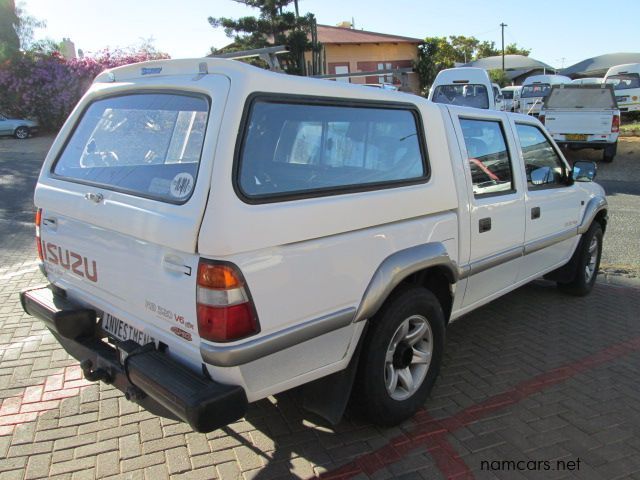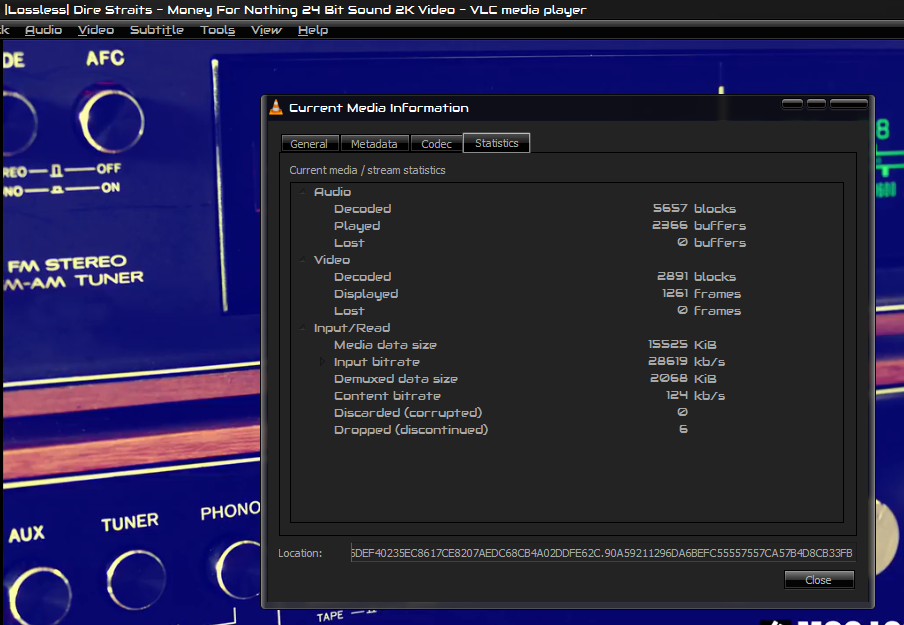


The dynamic range of classical music rarely goes beyond 60dB while pop music may have as little as 12dB of dynamic range.

Dynamic range is simply the difference in the volume of the softest to loudest musical moments. This format provides 96dB of dynamic range and covers the frequency range of 20Hz – 20kHz- basically matching the range of human hearing. Both lossless and lossy formats may include metadata, such as artist and song names, artwork and lyrics.Ī little background-since the 1980s, the reference standard has been the audio CD, which uses 16-bit, 44.1kHz audio. In short, lossy formats will never sound as good as an original source file, while lossless files will sound the same as the original file. Lossless files can be decompressed into an identical copy of the original audio data-and will, therefore, sound identical to the original file. Lossless encoding results in files that are larger than lossy files, but perhaps half the size of the original file. Lossless audio files, such as FLAC and ALAC, reduce the file size by using a kind of digital encoding shorthand, like simplifying (abbreviating) the representation of repeating audio patterns and discarding non-audio data. Lossy compression results in very small files that sound approximately like the original source audio. This compression discards audio that may be masked by other, more important, audio information. Lossy compression, as used in mp3 and AAC encoding, is the most common and uses data compression to reduce the amount of bandwidth that is needed to serve the audio. There are two broad categories of digital audio files: lossy and lossless files. Most companies only mention this in their fine print, but streaming quality depends on many factors, including network speed and the specific streaming/playback device. Also, each streaming service may lower the quality of audio that is delivered to a specific device. When comparing streaming services (or any digital audio files), it is important to have some basic understanding of the audio qualities and anomalies to expect from each file type. Amazon and Tidal currently promote 24-bit, high-sample-rate audio, but much of the buzz around this high-resolution movement may just come down to marketing hype. Further, as explained below, high-bitrate and wide-frequency-response audio may provide subtle audio benefits, or it may be a hollow promise. This quality improvement requires more streaming bandwidth, so any user who would like to try out HD audio will need to first verify that their network and phone (or computer) is capable of receiving and playing these high-bitrate audio streams. We are all familiar with the low or variable quality of most audio streaming services, so HD audio promises to provide near-perfect audio. The question for many customers may be whether or not they can actually hear the difference between Amazon’s standard streaming quality and the more costly HD streaming options. Amazon hopes to increase its market share by offering listeners millions of songs at CD quality, or better. Try and see if you can pick the lossless audio out of the three.Amazon has recently debuted its upgraded Amazon Music HD and Ultra HD Streaming services. Can you tell the difference?īelow are three songs, each presented in three different versions: a lossless version at 1,411 kbps, a “premium” version at 320 kbps, and standard version at 160 kbps. Couple that with a range in the quality of soundcards and speakers, and it’s almost impossible for the average listener to pick which is which. Lossless audio cuts less bits.īut in actuality, the difference is very difficult to discern. So objectively speaking, there’s less audio there for your ear to interpret. When a song is compressed, an algorithm removes bits from the track that it believes the human ear can’t pick up, which reduces the overall file size.

High-fidelity or lossless audio has a significantly higher bitrate of 1,411 kbps. Up until now, Spotify has compressed audio down to a bitrate of 160 kbps on desktop or 96 kbps on mobile devices - Spotify calls this rate “normal.” Paid subscribers also have a “high quality” option of 320 kbps audio on desktop. Though a Spotify spokesperson declined to confirm the existence of the new tier, the move would not be unexpected streaming service competitor Tidal already offers high-fidelity streaming for $19.99 a month. Spotted by Reddit users and confirmed to The Verge by a source inside Spotify, the new tier, currently dubbed Spotify Hi-Fi, will cost an additional $5 to $10 a month on top of the service’s $10 monthly price for its premium ad-free streaming service. In March, Spotify briefly A/B tested a new lossless audio version of its streaming service.


 0 kommentar(er)
0 kommentar(er)
